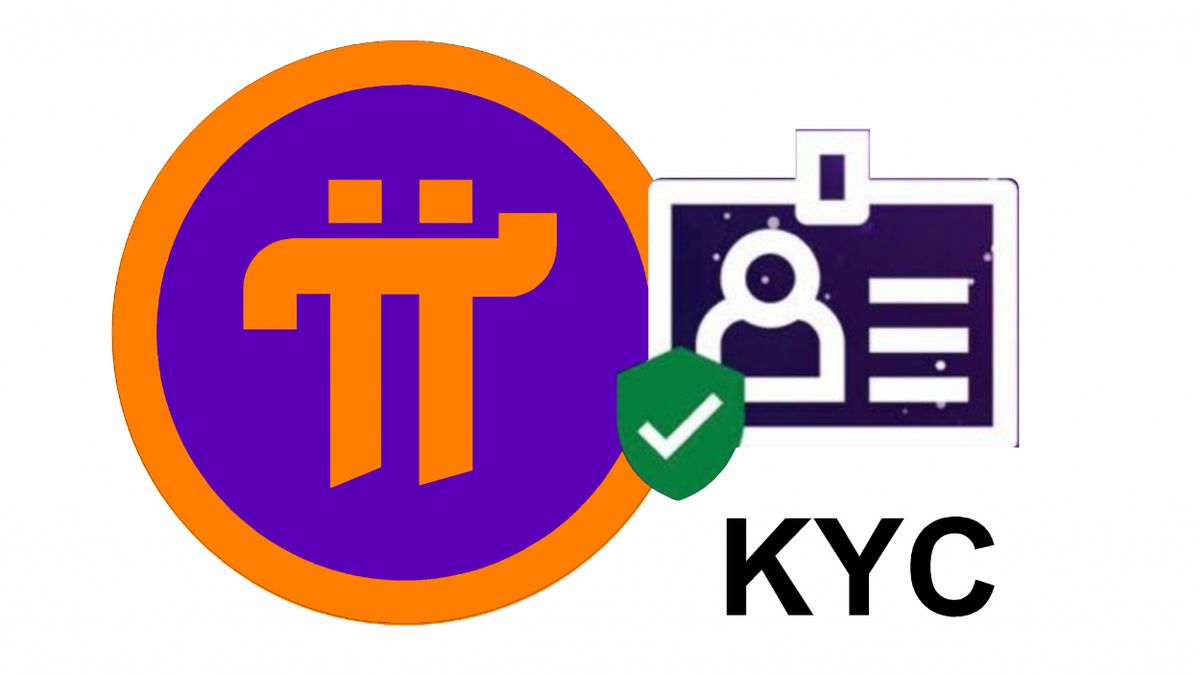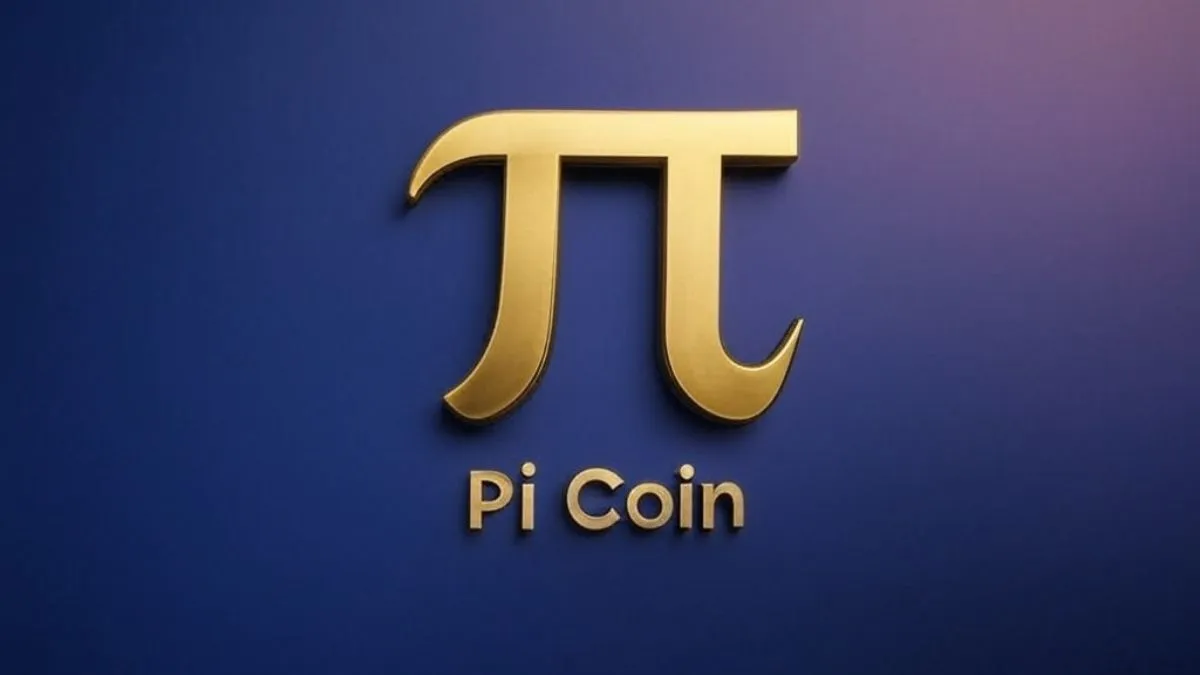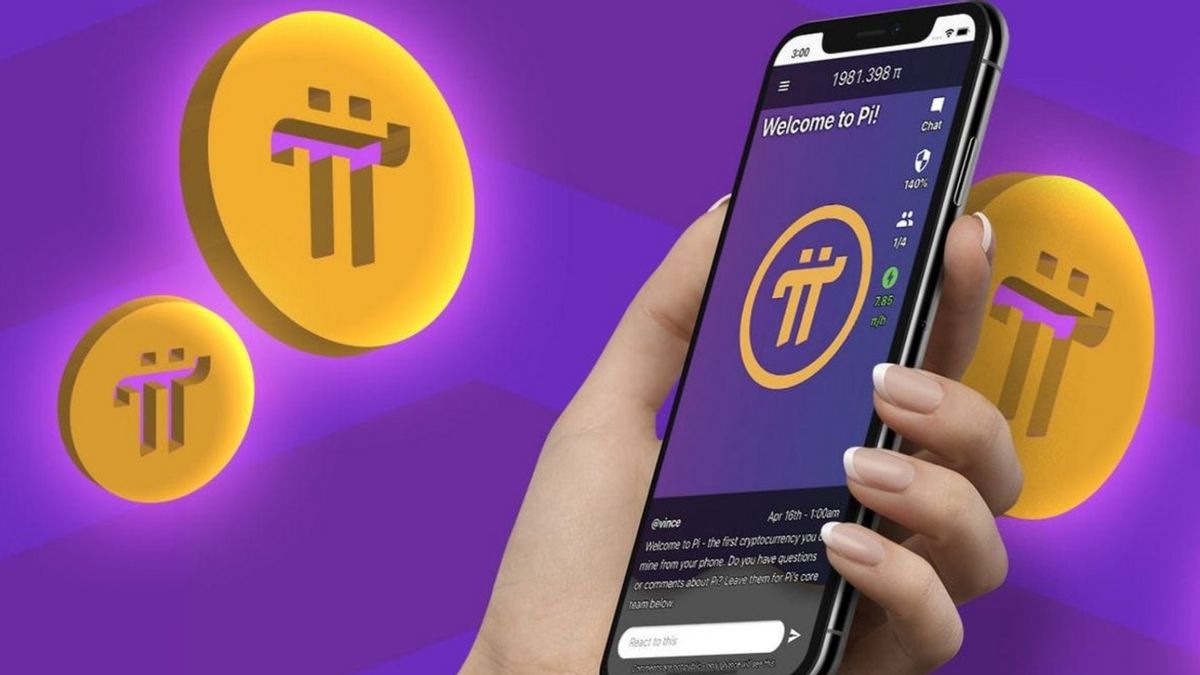Pi Network Wallet: Features and Usage Explained
As the Pi Network continues to grow in popularity and adoption, one of the most essential tools in its ecosystem is the Pi Wallet. A digital wallet is at the heart of every blockchain-based system, and Pi Network’s wallet offers a unique blend of simplicity, security, and accessibility — all tailored for a mobile-first global community.
In this article, we’ll explore the Pi Network Wallet in complete detail, including its features, how it works, how to use it, its importance in the Pi ecosystem, and what to expect as Pi enters the next phase of its development.
🪙 What Is the Pi Network Wallet?
The Pi Network Wallet is a non-custodial cryptocurrency wallet built specifically for the Pi Network blockchain. This means users have full control over their private keys and assets, without the need for a central authority or third-party to manage their funds.
It allows users to:
- Store Pi Coin securely
- Send and receive Pi transactions
- Interact with decentralized applications (dApps) on the Pi ecosystem
- Access their wallet from within the Pi Browser
The Pi Wallet was introduced during the Testnet phase and continues to evolve as the network transitions to the Open Mainnet.
📲 Key Features of the Pi Wallet
1. Non-Custodial and Decentralized
- You control your private keys.
- No central authority has access to your wallet.
- You must back up your 12-word passphrase (seed phrase) — this is the only way to recover your wallet.
2. Secure and Anonymous
- No personal identification is required to use the wallet.
- Your wallet is protected by cryptographic protocols native to blockchain systems.
- The wallet exists only on your device, unless you manually import it elsewhere.
3. Integration with Pi Browser
The Pi Wallet is integrated into the Pi Browser app, which acts as a gateway to the Pi Network’s dApps and ecosystem. Once installed:
- You can access the wallet through
wallet.pi. - It connects seamlessly with dApps for transactions.
- You can interact with apps like Pi Chat, Pi Commerce, and more.
4. User-Friendly Interface
- Clean, mobile-first UI
- Simple transaction view (Sent/Received)
- View wallet balance in real-time
- Easy to copy wallet address (public key) and share with others
5. Test-Pi vs Real Pi
During the Testnet stage, users could experiment with Test-Pi, which held no real value but helped them understand how transactions work.
Once migrated to Mainnet, users now handle real Pi coins, and transactions are recorded on the live blockchain.
🔐 How to Set Up Your Pi Wallet
Setting up your wallet is straightforward. Here’s a step-by-step guide:
Step 1: Install Pi Browser
- Download the Pi Browser app from the App Store or Google Play Store.
Step 2: Log in with Your Pi Account
- Use your Pi Network credentials to log in. This ensures it’s tied to your identity on the network.
Step 3: Access wallet.pi
- Open the browser and navigate to
wallet.pi. - Follow the prompts to create your wallet.
Step 4: Backup Your Passphrase
- Write down your 12-word seed phrase.
- Store it offline in a secure location. If you lose this, you cannot recover your wallet!
Step 5: Start Using Your Wallet
- Once created, you can view your Pi balance, send and receive coins, and interact with apps.
💸 How to Send and Receive Pi
To Receive Pi:
- Open your wallet
- Copy your public address (a long string starting with “0x…”)
- Share it with the sender
To Send Pi:
- Go to the “Send” section in your wallet
- Enter the recipient’s wallet address
- Specify the amount to send
- Confirm the transaction using your wallet authentication
- The transaction will be submitted and verified on the blockchain
Note: You must have migrated your Pi to Mainnet to send real Pi.
📉 Transaction Fees
- The Pi Network currently charges minimal or no transaction fees.
- As the network scales, a nominal gas fee might be introduced to prevent spam and ensure network efficiency.
📊 Viewing Transactions on Pi Blockchain
Once a transaction is made, it is recorded on the Pi Mainnet blockchain.
You can view your transaction history directly in the wallet or by:
- Visiting the Pi block explorer (e.g., pi.blockchain)
- Entering your public address or transaction hash to view details
🧩 The Role of the Wallet in the Pi Ecosystem
The Pi Wallet is not just for storing coins — it’s a key tool to participate in the broader Web3 ecosystem Pi Network is building.
Use Cases Include:
- Purchasing goods and services within Pi apps or marketplaces
- Paying for content or tips to creators and developers
- Participating in DeFi features (when integrated)
- Storing and managing NFTs (future implementation)
🔐 Security Tips
Because the Pi Wallet is non-custodial, your security is your responsibility. Follow these tips:
- NEVER share your seed phrase with anyone
- Store your passphrase offline, ideally in multiple locations
- Be wary of phishing websites pretending to be Pi Network
- Use official apps and URLs only (
pi://wallet,pi://chat,pi://coreteam, etc.)
🧭 What Happens If You Lose Access?
If you lose your device or delete the Pi Browser app:
- You can reinstall the browser and re-enter your 12-word passphrase to recover the wallet.
- If you lose your passphrase, there is no way to recover your wallet — even the Pi Core Team cannot help.
🚀 Future Updates and Mainnet Expansion
As Pi moves into Open Mainnet (expected soon), the wallet will gain even more functionality:
- External Wallet Compatibility (exporting/importing keys)
- Integration with hardware wallets (for higher-value storage)
- Pi Staking for users who want to earn rewards
- Multi-wallet support (manage multiple addresses)
These features will transform the Pi Wallet into a powerful tool not just for storage, but for full participation in a self-sustaining decentralized economy.
🧠 Conclusion: Why the Pi Wallet Matters
The Pi Wallet is more than just a crypto wallet — it’s a gateway into the Pi Network’s decentralized future.
- Empowers users to take full control of their assets
- Supports real use cases, from payments to decentralized apps
- Secures your place in the growing Web3 ecosystem
If you’re part of the Pi movement, setting up and understanding your wallet is one of the most crucial steps to take.
As Pi Network approaches Open Mainnet, the wallet will be at the center of it all — powering peer-to-peer transactions, creator economies, marketplaces, and a new financial future.




